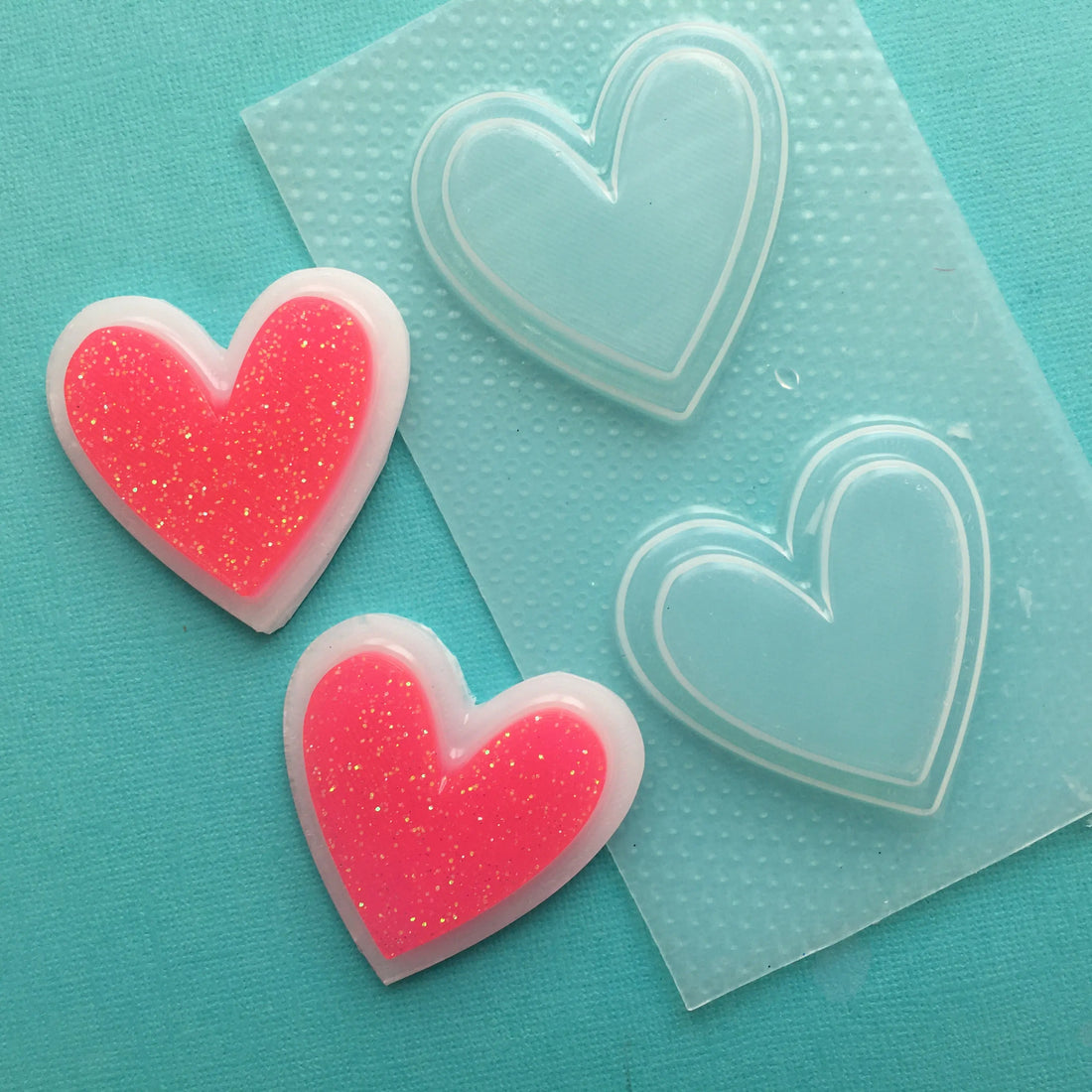
The Ultimate Guide to Mixing Resin Perfectly
Share
Resin is a versatile material that can be used for a variety of projects, from jewelry making to art and crafts. However, achieving the perfect resin mix can be a bit tricky. If you've ever struggled with resin that didn't cure properly or had bubbles and streaks, you're not alone. Mixing resin well is a crucial step in ensuring a successful outcome for your project. In this blog post, we will explore the best practices and techniques for mixing resin effectively.
Why is it important to mix resin well?
Before we dive into the specifics of how to mix resin well, let's first understand why it is so important. Properly mixing resin ensures that the resin and hardener components are thoroughly combined. This is crucial for the resin to cure properly and achieve its desired properties, such as hardness and clarity. Inadequate mixing can result in resin that remains sticky, doesn't cure fully, or has an uneven finish.
Measure accurately
One of the key factors in achieving a well-mixed resin is accurate measurement of the resin and hardener components. Most resins require a specific ratio of resin to hardener, which is usually mentioned in the product instructions. Use a digital scale to measure the components precisely, ensuring that you have the correct ratio.
Mix slowly and thoroughly
When it comes to mixing resin, slow and steady wins the race. Start by pouring the measured resin and hardener into a clean mixing container. Use a stir stick or a wooden craft stick to mix the components together. Avoid using a high-speed mixer or whisk, as it can introduce air bubbles into the mixture. Instead, stir slowly and methodically, making sure to scrape the sides and bottom of the container to incorporate all the resin and hardener.
Use a scraping technique
To ensure a thorough mix, use a scraping technique while stirring the resin. This involves scraping the sides and bottom of the mixing container with the stir stick as you mix. This helps to incorporate any unmixed resin or hardener that may have settled on the sides or bottom of the container. Continue scraping and stirring until the mixture is homogeneous and there are no streaks or swirls.
Minimize air bubbles
Air bubbles are a common issue when working with resin. To minimize the formation of air bubbles, avoid stirring the resin too vigorously or quickly. Instead, stir slowly and gently to prevent excessive air incorporation. Additionally, you can let the mixed resin sit for a few minutes after stirring to allow any air bubbles to rise to the surface. You can also use a heat gun or a torch to carefully remove any remaining bubbles by lightly passing the flame over the surface of the resin.
Conclusion
Mixing resin well is a crucial step in achieving successful resin projects. By measuring accurately, mixing slowly and thoroughly, using a scraping technique, and minimizing air bubbles, you can ensure a well-mixed resin that cures properly and produces the desired results. Remember to always follow the instructions provided by the resin manufacturer for the best outcomes. Happy resin crafting!
